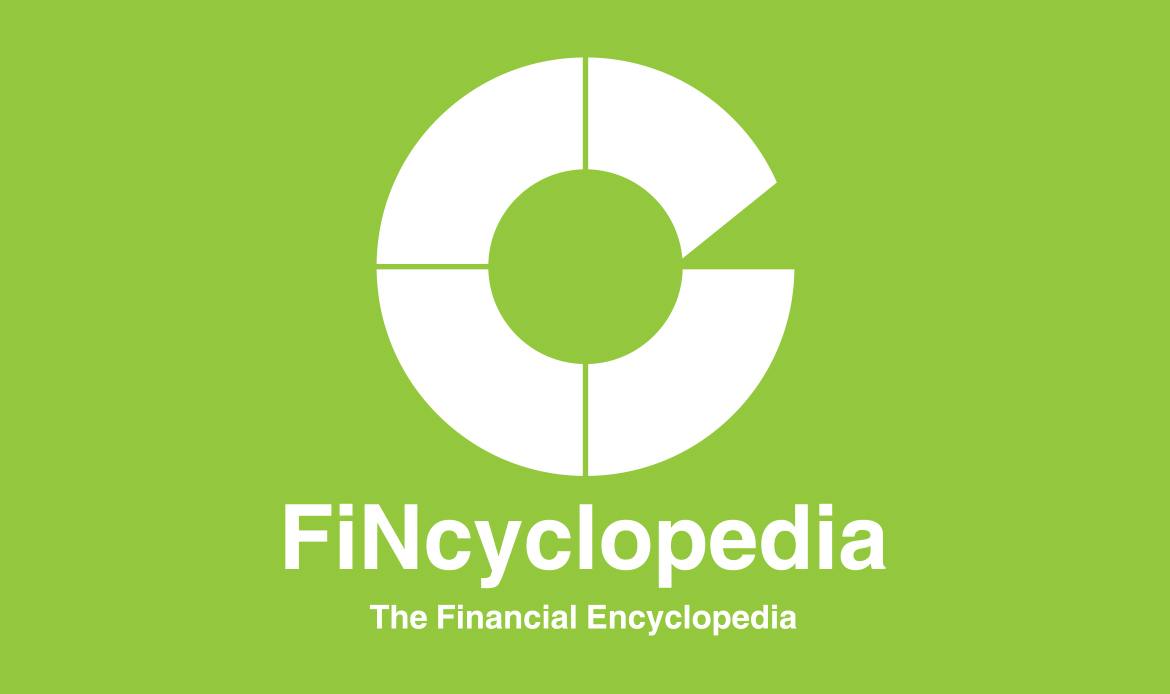An adjustment which is made to the price of a swap to account to a margin reflecting the potential loss from a counterparty’s default at some time during the swap’s lifetime. For example, an interest rate swap doesn’t harbor a credit risk at the time of trade. However, with the passage of time, interest rates move, and the swap value diverts from its initial zero value. The counterparty which has a positive net value will be exposed to the credit risk of the other counterparty (whose net value is negative). To estimate the extent of such exposure, a so-called interest rate “probability” envelope can be constructed using both a spot curve of forward interest rates and an estimate of forward rate volatility. The resulting forward curve will be the basis upon which the new discount curve initiates.
This credit-adjusted pricing focuses on tracking the swap value through time, which, in the event of rising interest rates, will produce a path rising and dropping back to zero by maturity date. Assume that a potential future exposure envelope is at 90%, then there is a 10% chance that the credit exposure over the life of the swap exceed a calculated percentage of the notional amount (known as the peak exposure limit– PEL).
The credit adjustment relates the expected present value (PV) of the losses arising from default to the expected present value of one basis point received through the time of the swap (expressed as a percentage of the notional principal amount–NPA).





